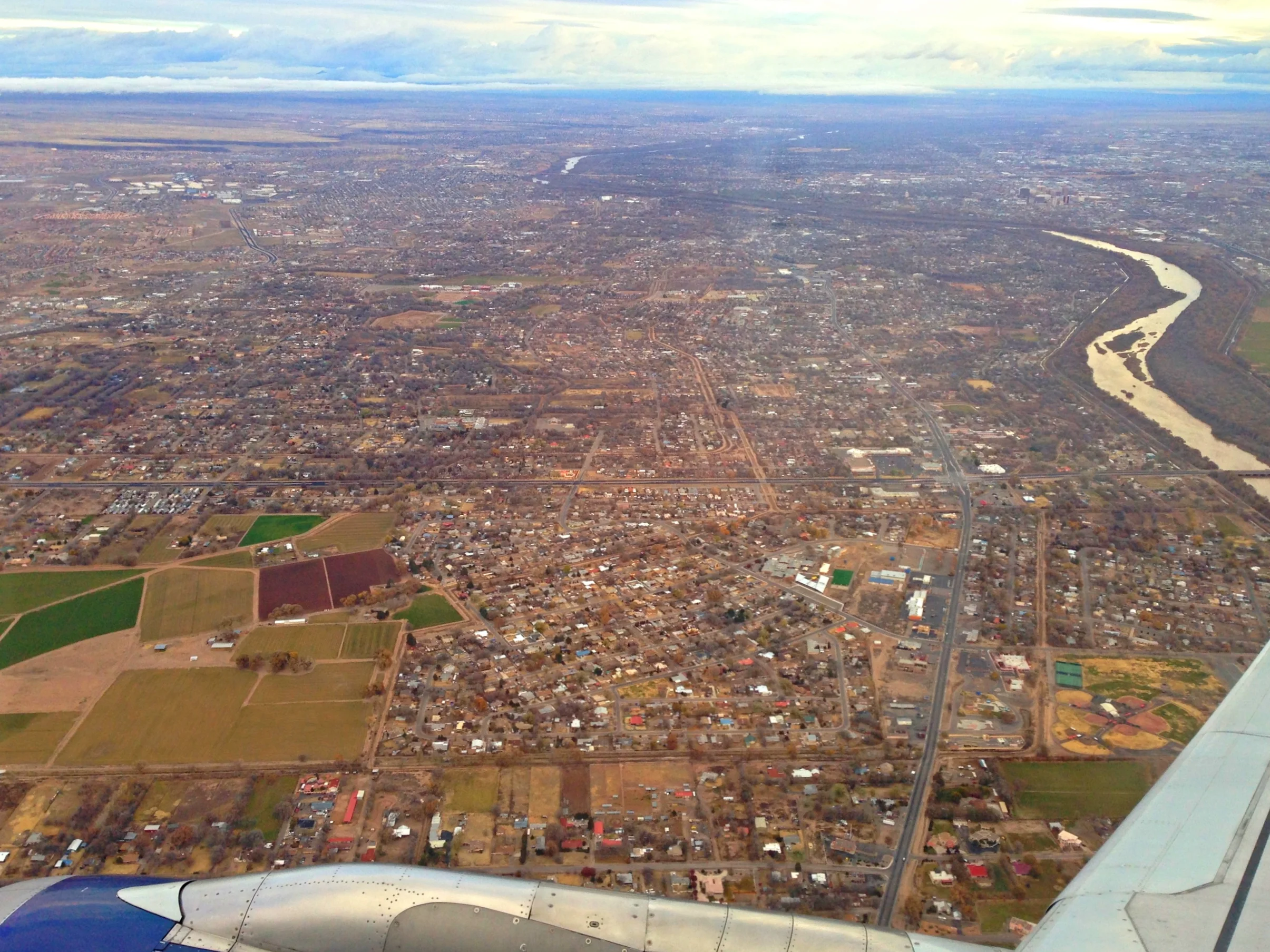A Dash of Cosmic Radiation
/Earth’s atmosphere offers us more than breathable air: it’s humanity’s security blanket, filtering a steady barrage of cosmic radiation from space.
These cosmic “rays” are actually atomic nuclei—90% are protons (hydrogen nuclei), 9% are alpha particles (helium nuclei), and 1% are larger proton-neutron combinations (nuclei of heavier elements). The slowest are flung from the Sun in a solar wind that blows through the vacuum of space at a mere 894,775 miles per hour. Meanwhile, aptly-named Very High Energy (VHE) and Ultra High Energy (UHE) cosmic rays from supernovae and distant galaxies reach 667,934,162 mph (99.6% the speed of light)!
Whatever their origin or energy, all of these nuclei bear their protons’ positive electric charge. As a result, when they zoom toward us their pin-straight paths are deflected by Earth’s loopy magnetic field.
The slower the particles, the weaker the momentum and the greater the magnetic deflection. Nuclei from the Sun tend to spiral toward the Earth’s magnetic poles, where their energy dissipates in collisions with the upper atmosphere. This ionizes the air’s atoms and excites their electrons; when they re-emit the energy as photons, people living close enough to the poles see the famous Aurora Australis and Aurora Borealis. In other words, lower-energy cosmic rays end up cascading their energy down in a visible form, and far from being harmed, we actually enjoy the view.
The Aurora Borealis as seen in Tromsø, Norway.
Meanwhile, VHE cosmic rays experience less deflection and pelt the atmosphere with particles across the globe. Their collisions with air particles are far more dramatic, triggering cascades of reactions that spray out secondary particles like muons, electrons, and positrons. They rain down to the ground at an incredible rate: with each passing second, every square meter of Earth’s surface is struck by over a hundred secondary particles. Add that up and you’ll realize that thousands of these freshly-formed subatomic particles pass through your body each minute.
Sounds like a lot of radiation! Is our security blanket useless? Not at all—it serves us well. Satellites are regularly struck by unfiltered high-speed nuclei and can suffer circuit damage as a result, whereas we lead cosmically carefree lives on the ground because our protective layer of air filters those nuclei into much smaller, lower-energy particles on the way in. By the time secondary radiation hits us, it’s basically inconsequential.
At least, at sea level it is. But we’ve seen that cities at higher altitudes have thinner air around them and less protective atmosphere above them. So are high-elevation dwellers subjected to more potent cosmic radiation?
ABQ as seen from the air on my last flight.
In a word, yes. The primary cosmic rays that stream in from space only start triggering cascades when they reach atmosphere that’s sufficiently dense to create lots of collisions, which is at about 65,000 feet. As they continue their descent through denser and denser air, they lose more and more energy through continuous collisions until, by 38,000 feet, they’re too weak to keep triggering new cascades. Thus the secondary radiation that showers all the way to the ground is created between 38,000 and 65,000 feet.
Of course, on its way down, that secondary radiation continues to collide and be weakened by the air through which it passes. Sea level is thus the safest place to be—it benefits from a full 38,000 feet of filtering. Rise to an altitude of, say, 5,300 feet in Albuquerque, and you’ve trimmed your filter to just 33,000 feet. As a result, moving from Seattle to Albuquerque nearly doubles your annual dose of cosmic radiation from 0.27 mSv to about 0.50 mSv.
But no need to panic—this is still a minor amount of radiation, the equivalent of a dozen chest X-rays spread over twelve months. Good thing, too, since I’ve already gotten pretty settled here! On the other hand, if you’re considering a career as a pilot or flight attendant, take note that your flight paths skim awfully close to that 38,000-foot mark—and if you work long-haul trips over the polar regions, the Earth’s magnetic field will concentrate even low-energy radiation all around you. According to NASA, “in any given year, [pilots absorb] as much radiation as a worker in a nuclear power plant.” Now there’s a cosmic revelation for you.
This post was brought to you by researchers at the Louisiana Space Consortium and the Telescope Array Project at the University of Utah, and the writing of Senior Aviation Medical Examiner Dr. Brent Blue.




